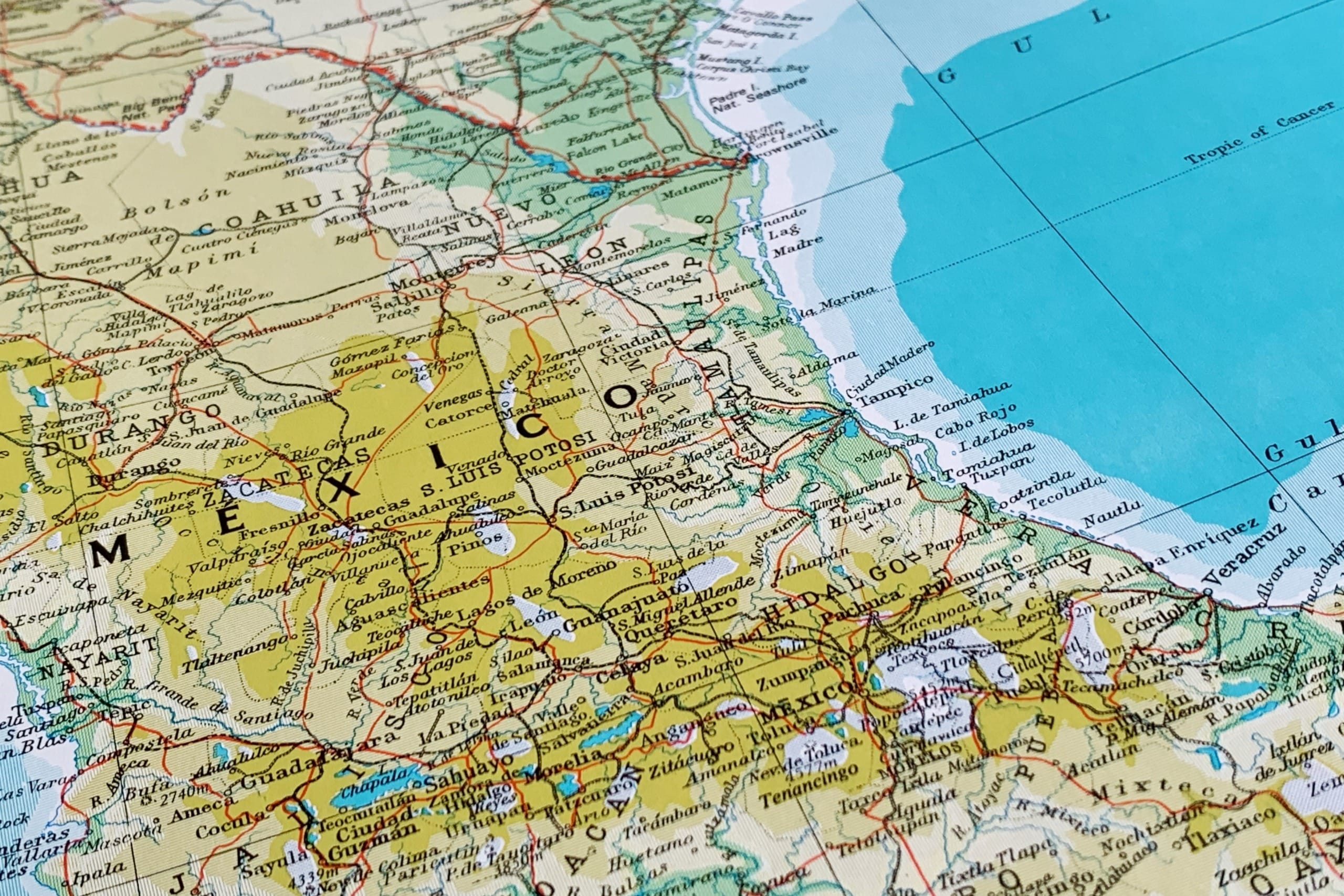
China’s global emergence has entered a new phase as the nation gets serious about addressing long-term environmental safety and anti-corruption issues that have hindered China’s ability to modernize and improve its quality of life.
China is making a concerted effort to change the country’s narrative from a low-value, industrial goods producer to a high-value, innovator in advanced manufacturing. Although environmental protection and consumer safety laws have been in place for years, China is cracking down on air, water, and soil polluting industries that are damaging the health of its population and its reputation of global prominence. Incompliant factories that remained unchecked for years are being shut down with little to no warning by the Chinese government. American companies that outsource to China are facing an increased risk of supply chain disruptions as China punishes the heavy polluting facilities with illegal manufacturing practices.
On the Ground Snapshot of China’s Clean-up Campaign
The Chinese government’s environmental protection campaign has swept through the country since the Paris agreement on climate change took effect in November 2016. Since then, China has been conducting strict inspections of manufacturing facilities. Many of these inspections have led to either total shutdowns or reduced manufacturing production across the country. Thousands of companies have been found in unauthorized locations, without proper certification, and have failed to meet emissions standards.
One of the latest examples of a company being targeted by environmental regulators is Minmetals, a major Chinese metals supplier with widespread pollution located along major waterways. Like many other producers and manufacturers, Minmetals will be forced to complete a massive upgrade of its smelting facilities.
According to Bloomberg Intelligence, tougher environmental protection policies are also having an impact in other industries such as steel. High-cost mills and privately owned, small-scale producers are being driven out of the market by new regulations. Bloomberg states, “The trend has two main drivers. First, capacity closure and pollution emission reduction targets are now key performance indicators for local governments, replacing previous GDP-focused measures.” Bloomberg goes on to say, “Authorities have installed surveillance equipment at blast furnaces and steel mills to conduct 24-hour checks on their SOX and NOX emissions. That means steel mills can no longer shut down their blast furnaces during the daytime to avoid emitting visible black smoke, then produce at double capacity through the night.”
China has also ordered shutdowns of downstream plants that produce polyolefins in the plastics manufacturing industry. This leads to supply concerns for plastic materials, particularly, high-density polyethylene (HDPE). According to east China-based traders, China’s eastern province of Shandong experienced hundreds of downstream plants shutdowns in late July. China’s Ministry of Environmental Protection is moving fast to crack the whip on companies found to be illegally discharging waste from plastics production.
Another motive behind the campaign is to weed out small-sized producers, which may not have means to make investments to make their production process more environmentally friendly.
Supply Chain Impact for China’s Greener Growth Initiative
What does this mean for American businesses that outsource to China? Upgrades for major factories will affect the output of manufacturing resources in addition to having an impact on downstream manufacturing operations. In some cases, production may halt altogether during upgrade work. Severe environmental violators and companies with the most expensive upgrades could result in supply output losses for months. The likely result is an upward trend of importing demand to fill production gaps.
MNC’s will need to embed change across the entirety of their operations while working closely with Chinese partners. Keeping a license to operate will depend on a manufacturer’s ability to safeguard their reputations and respond to peer and market pressure to implement sustainable business practices.
Six Things Your Business can do to Mitigate Risk of Supply Chain Disruptions
1. Check with your agent or China business team to see if suppliers are located in region of factory shutdowns
2. Contact suppliers to see if they are being affected by China’s environmental regulation inspectors
3. Find out which manufacturers may be receiving goods from afflicted regions
4. Partner with an agent to conduct an environmental regulation audit
5. Closely monitor all manufacturers that could be potentially affected on a regular basis
6. Leverage this increased visibility to secure supply chains and find new manufacturers if need be
The Chinese government’s greener path to growth is creating shockwaves throughout global supply chains as the grace period to deal with air pollution comes to a close. China’s enforcement of environmental laws will ultimately be good for not only Chinese nationals, but for local and multinational companies as well. Companies that are slow to respond to change will be at risk, but businesses that embrace change and support sustainability may gain a competitive edge. At the very least, locals will be able to walk the streets of Shanghai and Beijing without wearing pollution masks.





Follow Us